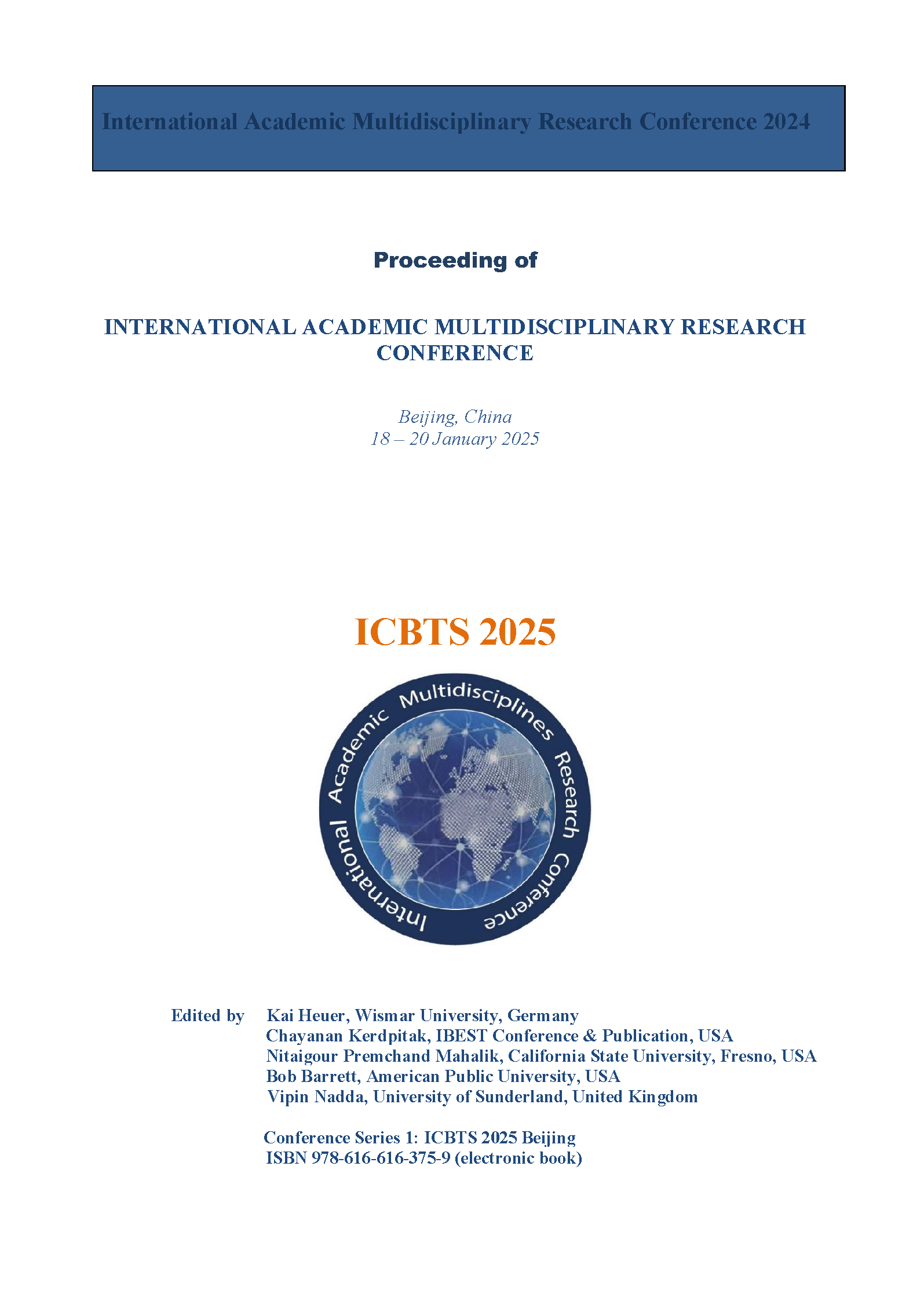GC-MS analysis of phytocomponents in the ethanolic extract of Propolis of stingless Bee
Abstract
Propolis, a resinous product derived from beehives, has been utilized in folk medicine across various cultures for over 3,000 years. Stingless bees, native pollinators of valuable medicinal plants, produce propolis as a highly adhesive, natural mixture consisting of bee secretions and plant resins. The pharmacological properties of stingless bee propolis are broad and varied, influenced by factors such as geographical location, climate, bee species, and the availability of botanical resources for foraging. The objectives of this study were twofold: first, to determine the chemical compounds present in the ethanolic extract of stingless bee propolis collected from the Community Enterprise for Stingless Bee Rearing and Propagation in Ban Khlong Don, Thailand, using gas chromatography-mass spectrometry (GC-MS); and second, to investigate the antioxidative and anti-inflammatory potential of stingless bee propolis. For GC-MS analysis, the injector temperature was set to 280 °C in splitless mode. The oven temperature was initially maintained at 60 °C for 4 minutes, increased to 150 °C at a rate of 10 °C/min for 15 minutes, and finally raised to 310 °C. Mass spectrometry parameters included a source temperature of 280 °C, transfer temperature of 150 °C, a solvent delay of 2 minutes, and a scan range of 35–500 Da, with a total GC run time of 40.5 minutes. Phytochemical compounds were identified by comparing their mass spectra with entries in the National Institute of Standards and Technology (NIST) library. Five major compounds—Ethyl oleate, Fumaric acid, (R)-(-)-14-Methyl-8-hexane-1-ol, Phenol, and Squalene—were identified, each showing significant pharmacological activities, particularly in antioxidative and anti-inflammatory responses.


